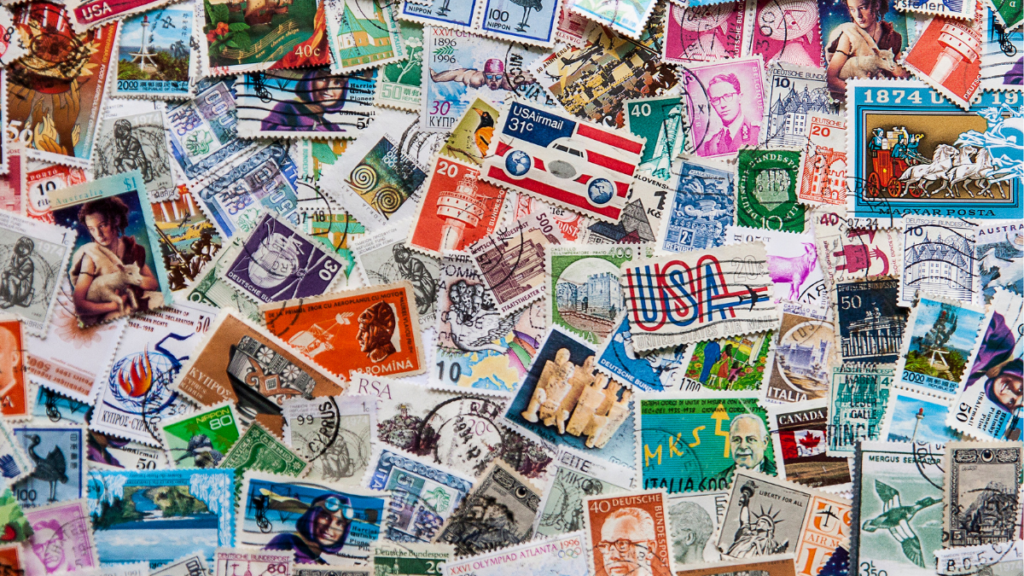
Investing in Collectibles as an Alternative Asset
Imagine stumbling upon a dusty painting in your attic, only to discover it’s a lost masterpiece worth a fortune. Or perhaps the carefully preserved vintage baseball card you inherited suddenly skyrockets in value. These aren’t just stories; they hint at the world of investing in collectibles — a unique alternative asset class that blends passion with potential profit.
For many, the allure of collectibles goes beyond mere monetary gain. It’s often rooted in a deep appreciation for artistry, historical significance, or a nostalgic connection to a particular era or item. This “passion investing” is a key driver in the collectibles market, where the emotional value can be just as important as the financial potential.
But beneath the surface of personal enjoyment lies a complex landscape of value drivers. What transforms a mere object into a sought-after investment?
Rarity
Scarcity and rarity are paramount to the importance of an item. Just like a limited edition print commands a higher price than an open edition, collectibles with limited production runs or those that have survived in small numbers tend to appreciate over time.
Condition
A pristine antique chest will fetch a much higher price than one riddled with damage. Similarly, graded collectibles, like trading cards meticulously assessed for their condition, command premiums.
Provenance
Provenance and history add layers of intrigue and value. An artwork with a documented ownership history, perhaps even having belonged to a famous collector or featured in significant exhibitions, carries a richer narrative and often a higher price tag.
Demand
Of course, demand and market trends play a crucial role. Just as certain stocks rise and fall in popularity, the desirability of specific collectibles can fluctuate based on current tastes, cultural relevance, and the enthusiasm of collectors.
Authenticity and Significance
The market is rife with fakes and forgeries, making thorough verification an absolute necessity. Also, the artist, maker, or era significance heavily influences value. A painting by a renowned master or an artifact from a pivotal historical period will naturally attract greater interest and higher prices.
Navigating this intricate world requires more than just enthusiasm; it demands expertise and diligent research. It’s not advisable to jump into the collectibles market without understanding its nuances.
Become a Knowledgeable Collector
Aspiring collectors should immerse themselves in their chosen field, devouring books, joining online communities, and seeking guidance from seasoned experts.
Appraisers, with their specialized knowledge, can provide invaluable insights into fair market value and help authenticate items. Auction houses and reputable dealers can also serve as important resources for both buying and selling. Remember, passion alone is not a sound investment strategy; thorough due diligence by researching provenance, condition, and market history is essential.
Beyond the thrill of acquisition and the potential for appreciation, investing in collectibles comes with its own set of practical considerations.
Secure Storage
Storage can be a big factor, particularly for delicate items like fine art or temperature-sensitive rare wines, which may require specialized, climate-controlled environments.
Specialized Insurance
Standard homeowner’s policies often have limitations on valuable collectibles, necessitating specialized coverage and regular appraisals to ensure adequate protection against loss, damage, or theft.
Liquidity Challenges
Liquidity in the collectibles market can be considerably lower than in traditional financial markets. Selling a collectible isn’t as simple as clicking a button on a brokerage account. It may involve consigning items to auction houses, which come with fees and no guarantee of a quick sale or finding the right private buyer.
Transaction Costs
Transaction costs, including auction commissions and dealer markups, also need to be factored into any potential returns.
Despite these challenges, the return on investment (ROI) in collectibles can be both financial and deeply personal.
Potential Benefits of Collectible Investing
While past performance is never a guarantee of future results, certain segments of the collectibles market have demonstrated appreciation over time, offering diversification potential within a broader investment portfolio. However, the intangible returns ranging from the joy of ownership to the social connections forged within collecting communities are also considered a vital piece of collectible investing.
Conclusion
Investing in collectibles offers a unique and often rewarding alternative to traditional assets. It’s a realm where passion and profit can intertwine, but success hinges on a blend of enthusiasm, knowledge, and meticulous research. While the allure of a hidden treasure or a soaring auction price is undeniable, navigating this market requires a discerning eye, a commitment to due diligence, and an understanding of the practicalities involved. The potential for both financial return and personal enrichment makes it a fascinating investment journey.



